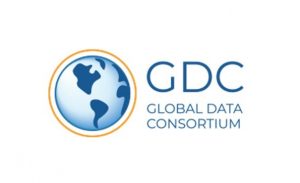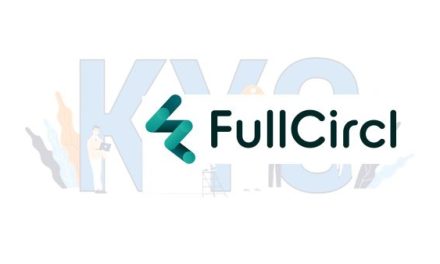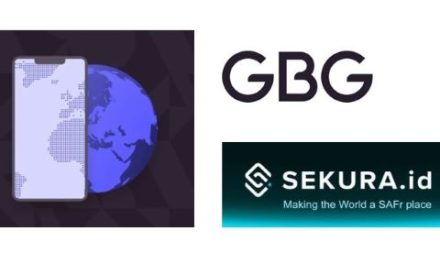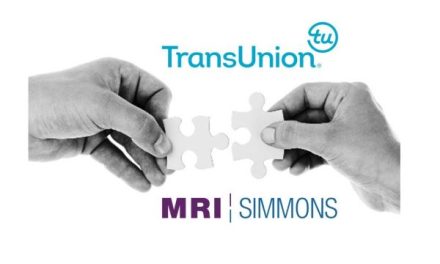By David Francis, adviser to Global Data Consortium*
The Asia-Pacific (APAC) region is a massive remittance market; six of the top 10 remittance recipients – India, China, the Philippines, Pakistan, Vietnam and Bangladesh – are located there and the World Bank reported a 12 percent growth in remittance flows in 2018.
 Furthermore, about 2 billion remittance transactions take place in the region every year. These transactions have benefited from new blockchain technology that allows the global payments businesses to deliver cash with speed, transparency, and reliability.
Furthermore, about 2 billion remittance transactions take place in the region every year. These transactions have benefited from new blockchain technology that allows the global payments businesses to deliver cash with speed, transparency, and reliability.
Still, challenges remain. APAC has one of the highest costs of cross border payments in the world. For instance, it can cost as much as $30 to send $200 in some countries in the region, making the stress of sending money home that much more stressful.
Despite the high cost, market demand continues to grow even with a dip in remittances due to the coronavirus. In 2018, the Philippines and Thailand – two low-to-middle income countries – had nearly $530 billion sent home from people living outside of the country.
The Philippines is an especially attractive market, as its diaspora is massive. There are more than 10 million Filipinos working overseas, and the money they send to people back home boosts the country’s consumer spending, contributes to currency reserves, and increases local investment.
The APAC region is also home to many expatriates. Both Australia and Thailand have a large number of foreign workers who routinely send money home. Remittance outflows from Australia totaled $7.2 billion in 2018, or about .5 percent of the country’s total GDP. Australia is also a net sender to remittances the Vietnam, the United Kingdom, China, India, Vietnam and the Philippines.
Due to the COVID-19-related dip in growth, the APAC remittance market is only expected to grow in the coming years. A recent MarketWatch report estimated a compound annual growth rate of 24 percent until 2025, yet the high cost and processing time of remittances remains a significant barrier to growth. Sending $200 to the APAC region comes with a 10 percent fee, higher than the global average of 7 percent. Plus, it can take as long as two days for the money from abroad to arrive. However, this problem does not go unnoticed. The United Nations’ goal is to lower remittance cost to 3 percent by 2030 across the globe.
Despite these challenges, the APAC remittances market is poised for growth once the global economy recovers from the coronavirus shock. Global Data Consortium, along with others, is developing solutions to make sending money around the globe a more seamless process with its real-time electronic identity verification solution.
ABOUT GDC AND WORLDVIEW
 Global Data Consortium delivers real-time global identity verification for businesses. GDC is driven by a passion for enabling international commerce and building an ecosystem of partnerships with local experts in global identity in their region or country. These partnerships, along our cloud-based Worldview platform, connect users to high quality, local reference data via a single access point for clear, compliant identity verification.
Global Data Consortium delivers real-time global identity verification for businesses. GDC is driven by a passion for enabling international commerce and building an ecosystem of partnerships with local experts in global identity in their region or country. These partnerships, along our cloud-based Worldview platform, connect users to high quality, local reference data via a single access point for clear, compliant identity verification.
To learn more about Worldview, please visit www.globaldataconsortium.com/about-worldview
*About the Author: David Francis is a member of Global Data Consortium’s Advisory Board. He is the CEO and founder of Ozanam Strategic Insights, a startup dedicated to discovering innovative solutions to digital identification and data challenges in the emerging and developing world.


























